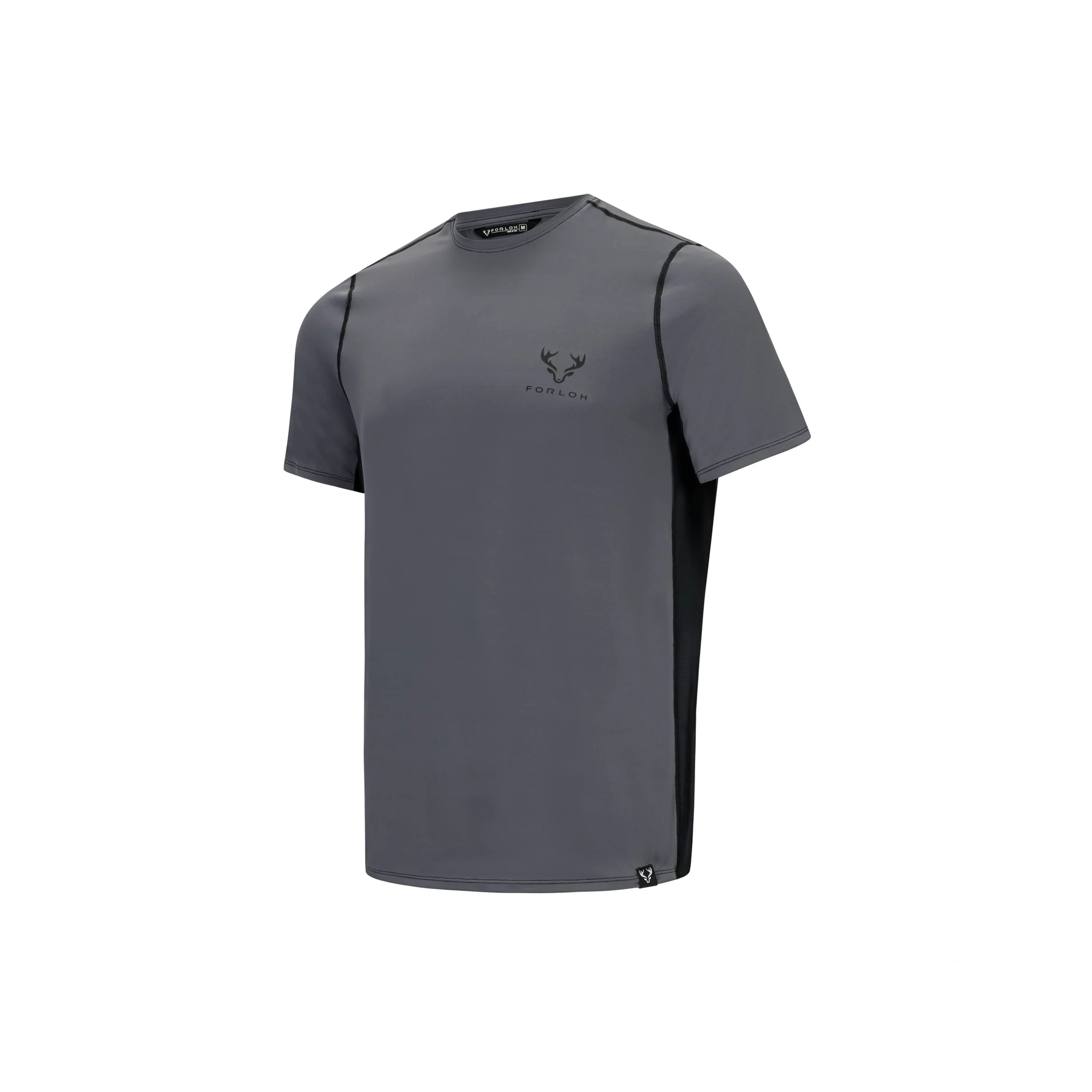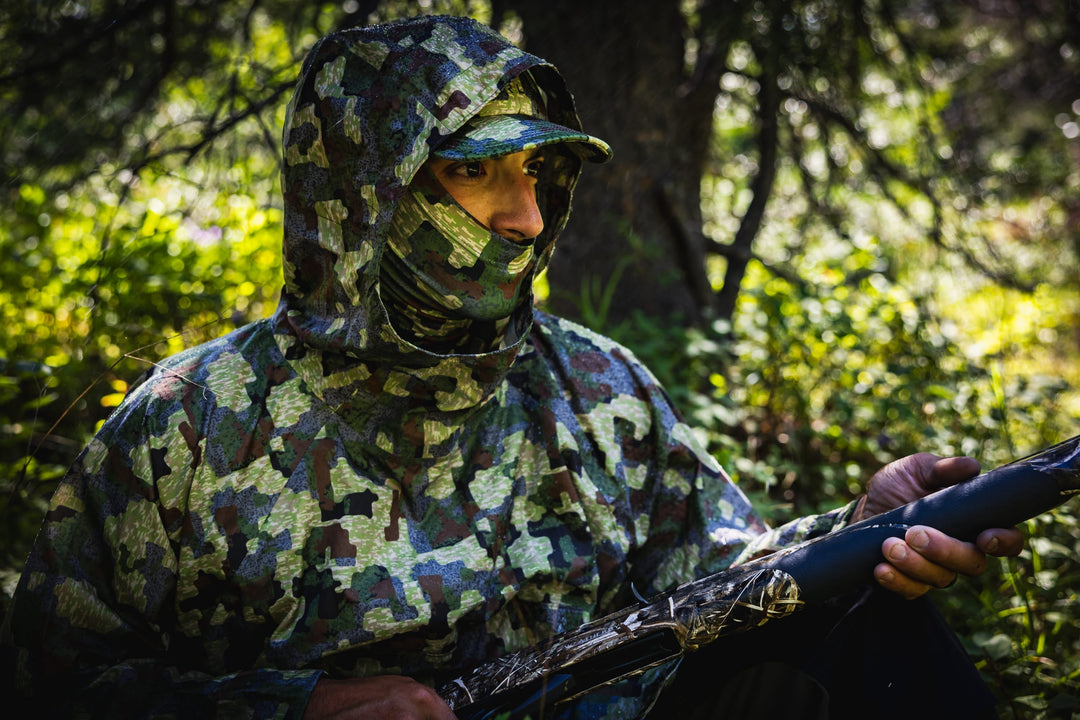FORLOH sees optimism and fresh energy in the hunting world.
Most hunters have likely heard the truism that our pastime is in decline. There’s plenty of speculation as to why—urbanization, modern-day food security, youth disinterest, the loss of family traditions—but the bottom-line worry is that hunter numbers are precipitously shrinking. Much of the concern boils down to the US Fish and Wildlife Service (USFWS) National Survey of Fishing, Hunting, and Wildlife-Associated Recreation. In 2016, the most recent study, the total number of hunters in the US had decreased by more than 16 percent over five years. That’s startling on the face of it. But a closer look at the statistics and trends reveals plenty of bright spots.
“Our industry faces challenges, no doubt, but at FORLOH we believe that hunting and fishing are more in flux than in crisis,” says FORLOH founder Andy Techmanski. “From hunters who have been chasing animals for decades to those just starting out, we see a collective passion that’s redefining what it means to be a hunter.”
For one thing, the numbers aren’t all bad. Since the now four-year-old USFWS study, applications for hunting tags have exploded in some Western states, including Colorado, Wyoming, and New Mexico, and this season Idaho’s non-resident over-the-counter elk and deer tags sold out at a record pace. “It would be really tough to put enough data to extrapolate for the entire US, but it certainly seems as though demand for hunts in the West have been on the rise in recent years,” says James Barnett, research manager at GoHunt.com.
Across the country, hunting license numbers have also increased year over year in many states, according to the USFWS.
The picture is even rosier if you include angling, an activity in which numbers are growing outright. In 2016, 35.5 million Americans went fishing, a 16 percent increase in participation over 10 years and the highest number of anglers since 1985. That upward trend has continued according to a 2019 Outdoor Industry Association study, which showed angler numbers at a decade-long max and all-time high participation rates among minorities and women, and industry vets were expecting a banner year in 2020 before the pandemic hit. “It continues to grow because people ultimately find solace and healing on the water,” says Kurt Deeter, editor of the Angling Trade, which covers the fly fishing industry. “It’s a family activity. It’s free (or close). And it’s an antidote for people starved for adventure and outdoors.”
Women are also a major bright spot in hunting. The total number of female hunters surged by nearly 84 percent between 2001 and 2014, with even more staggering gains in specific disciplines, including 87 percent growth in those hunting with a firearm and 167 percent in bowhunting. Women now account for nearly 20 percent of all US hunters, which has led to the growth of education and training opportunities geared specifically to women such as She Hunts Skills Camps as well as female-specific advocacy groups that help promote hunting and conservation.
“The moment we went live, it was like drinking from a firehose. Women from everywhere told us, ‘This is so needed,’” says Jessi Johnson, founder and advisory board member for one such organization, Artemis. She says that the role-modeling that her organization and others are doing is an illustration of how the industry can bring more hunters to the sport. “Women have always been here, but by acknowledging them and depicting them, it opens the door wide for more to come in.”
Archery is another flourishing segment of the market. According to a study commissioned by the Archery Trade Association (ATA), archery and bowhunting participation jumped over 20 percent between 2012 and 2015. The growth has since flattened, but total participation in 2017 was still 30 percent higher than a decade earlier. And Business Wire estimates that the market will continue to expand by 9 percent annually through 2022.
“We're optimistic about new and renewed bowhunting participation due to the current climate,” says Matt, president and CEO of the ATA. “The challenge to find commercial meats on store shelves, the need to get outside as a means to stay healthy, and the longer-term transition toward sustainable and healthy harvest all make bowhunting incredibly attractive.”
Kormann’s comments hint at some of the cultural trends that are drawing in new sportsman. A growing awareness of quality food and sustainable agriculture is motivating many first timers into the field in pursuit of their own harvest. “The overall trend is down … but we actually see a lot of interest especially in the locavore movements, field-to-table, field-to-fork-type movements—people wanting to know where their food comes from,” says Brian Lynn, vice president of marketing and communications for the hunting advocacy group Sportsman’s Alliance.
These culinary aspects of hunting have inspired everything from cookbooks, such as The Wild Chef by Jonathan Miles and A Mindful Carnivore by Tovar Cerulli, to outreach programs including the Quality Deer Management Association’s Field to Forks.
Says Miles, “Those of us who hunt and fish can boast that we’ve been eating free-range organic and local since the very beginning.”
The convergence between traditional hunting and fishing and the broader outdoor markets of hiking, camping, skiing, and mountain biking is also helping to deepen the pool. From companies like Mystery Ranch, started by Dana Gleason, who is widely considered to be the father of modern-day backpacking, to Maven, founded by an alpinist and Brunton defector, mountain sports are increasingly cross-pollinating the hunting and fishing realms—and bringing new enthusiasts along with them. “
As technology and gear has improved and hunting has taken on a more backcountry mindset, it’s pulling in people who are more oriented to athletics and endurance sports,” says Justin Diefenderfer, whose Bozeman, Montana-based MtnTough Fitness Lab specializes in conditioning for athletes.
Ironically, even the Covid-19 crisis, a negative in so many ways, looks as if it could bolster hunting and fishing participation. With grocery store shelves picked over, domestic meat processing plants closed or working at reduced capacity, and job losses crunching budgets, some families are considering hunting to supplement their food supply. Says Kormman, “Many people will now be looking at hunting’s range of benefits coupled with the need to feed their families in a more efficient way.”
From New Mexico and Colorado to Indiana and Georgia, game and fish agencies have reported a spike in license sales and permit applications since the beginning of the pandemic. Meanwhile, The Today Show even aired a segment on the therapeutic benefits of fishing titled, “How Fishing Became the Pandemic’s Hottest Sport.”
“It’s clearly not the easiest time, both in our market and the broader scope of the world,” says FORLOH president Techmanski. “But we see so much optimism and fresh energy in hunting that it feels like the perfect salve for the times.”








